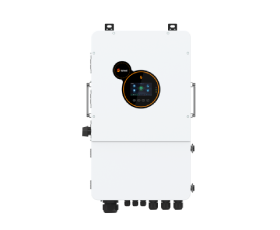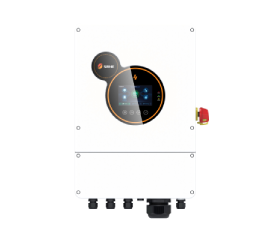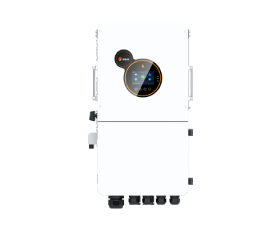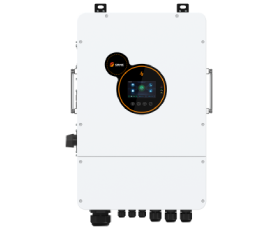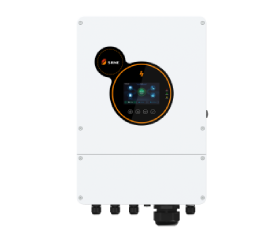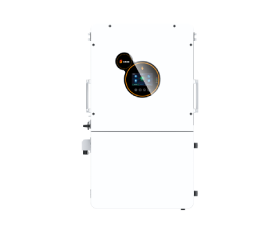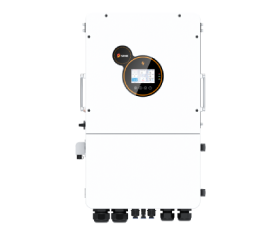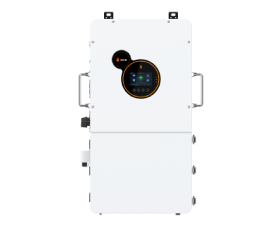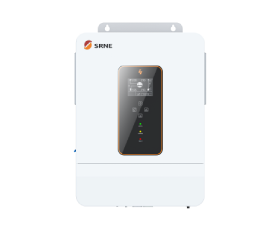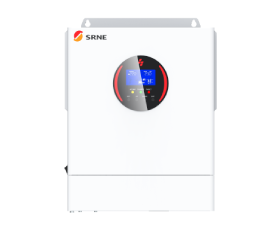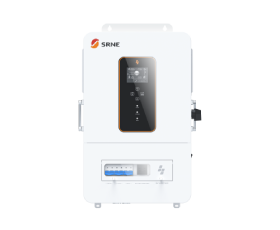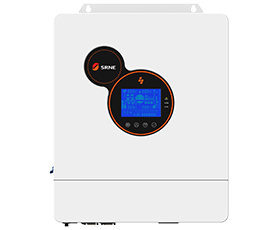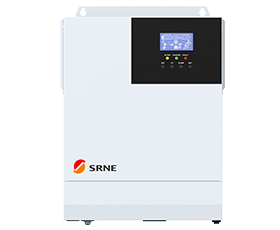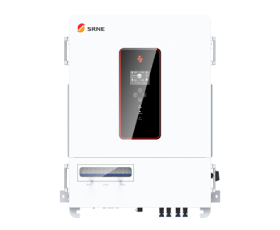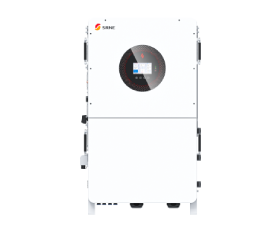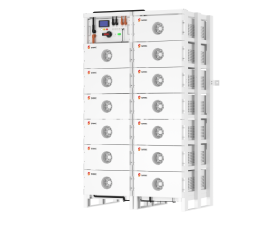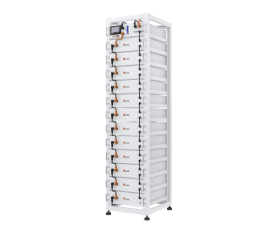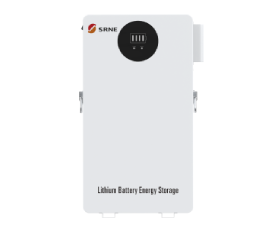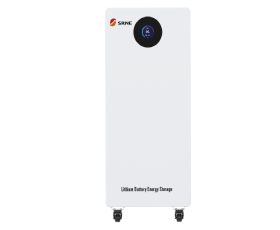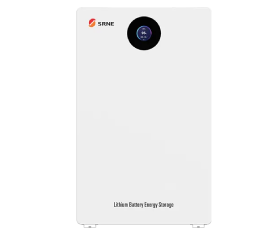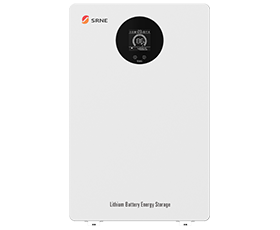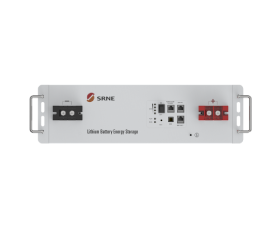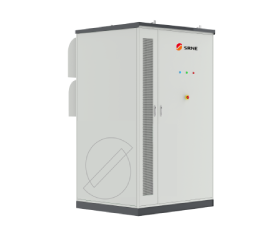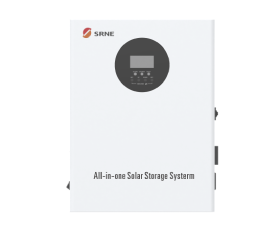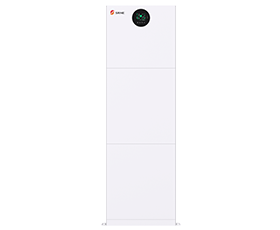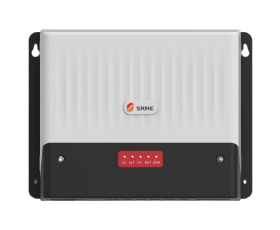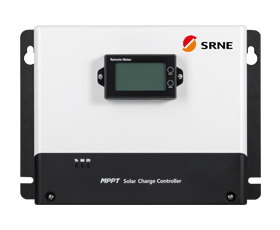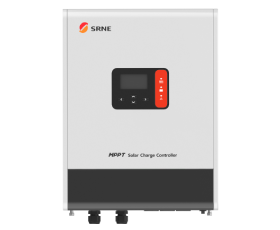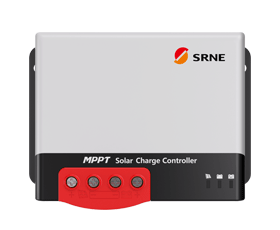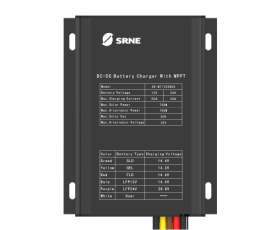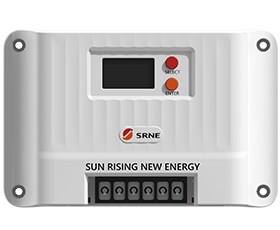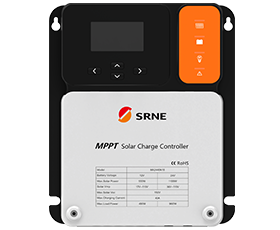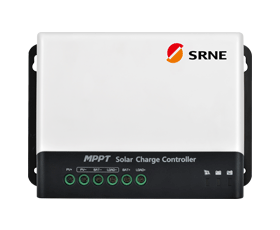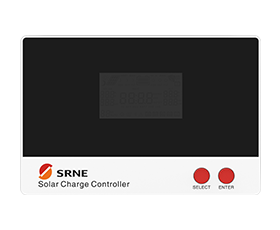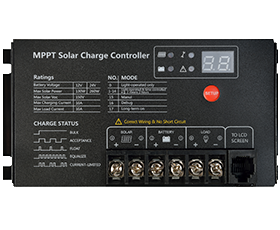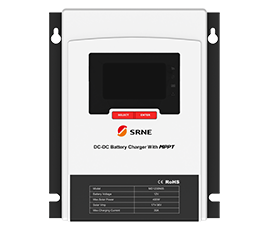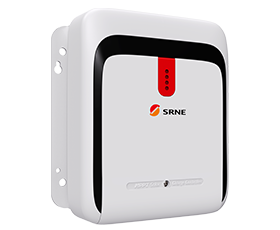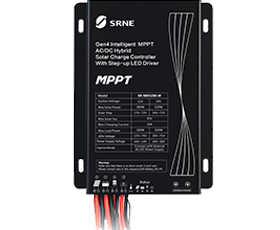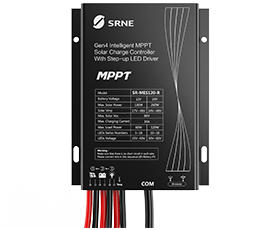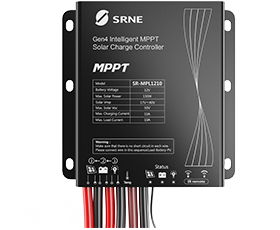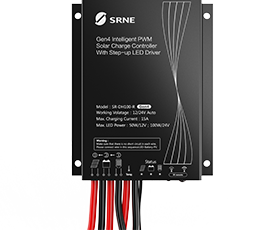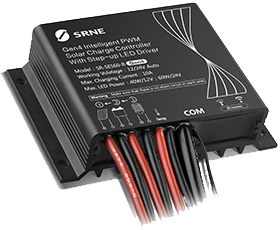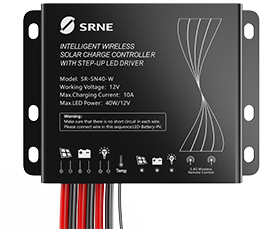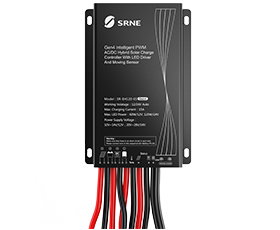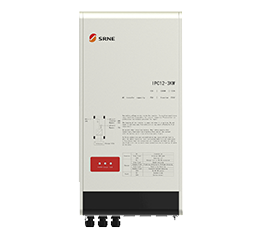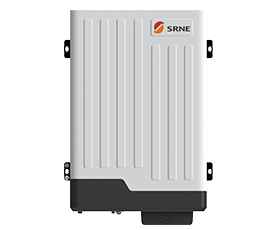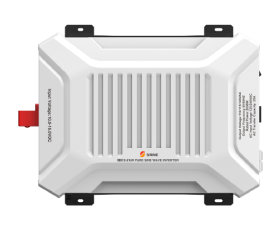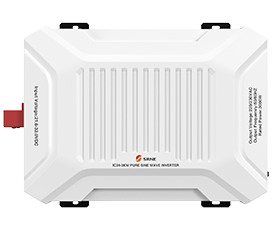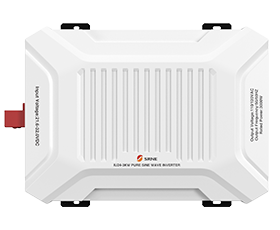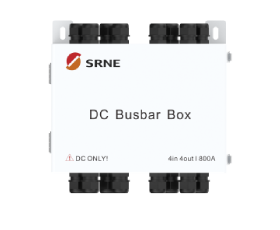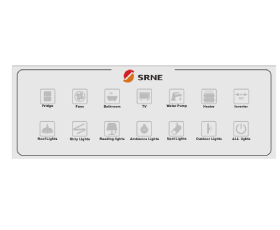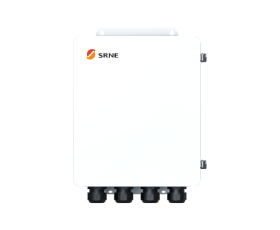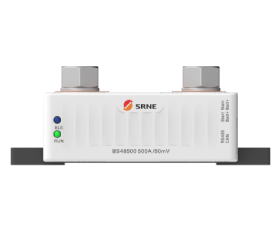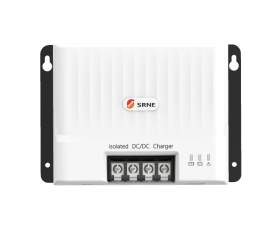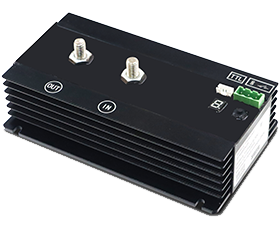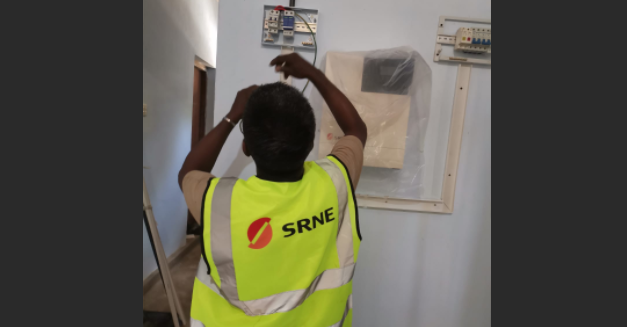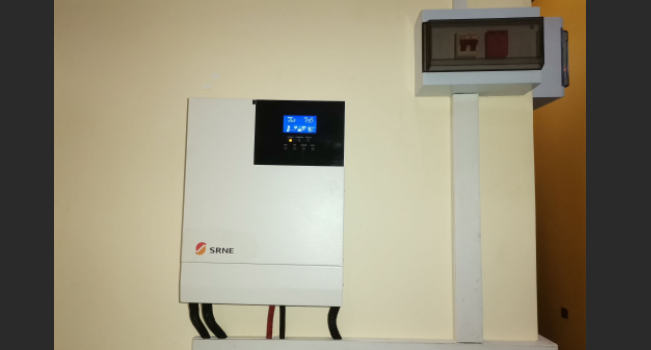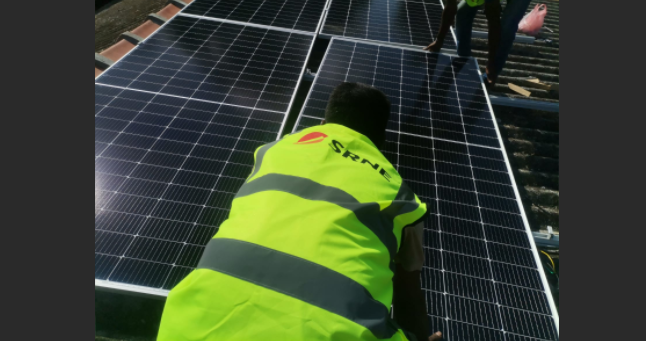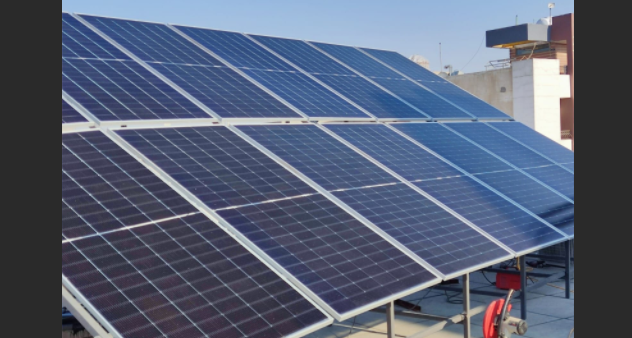Why Is My Off Grid Inverter Working Better at Night?
For anyone living off the grid, a reliable power system is more than just a convenience—it’s essential. At the heart of that system is the off-grid inverter, responsible for turning stored solar energy into usable electricity for your home, cabin, or business. But if you’ve ever noticed your inverter seems to perform more smoothly at night, you might be wondering why. Is it a coincidence, or is there a technical explanation? In this article, we’ll break down how off grid inverters work, why nighttime operation can sometimes feel better, and what you can do to optimize performance around the clock.
What Is An Off Grid Inverter?
Think of an off-grid inverter as the control hub of your independent solar power system. Its primary function is to take the direct current (DC) coming from your solar panels—or stored in your battery bank—and convert it into alternating current (AC), the type of electricity most homes and businesses actually use. Without this step, the stored energy would remain unusable for the majority of everyday appliances and equipment.
Today’s off grid solar inverters are far more advanced than simple DC-to-AC converters. Many come equipped with integrated solar charge controllers to ensure energy from the panels is delivered to the batteries safely and efficiently. Some also feature built-in battery management, protecting against overcharging, deep discharging, and other conditions that shorten battery life. Premium models may even juggle multiple energy inputs, such as wind turbines or backup generators, to keep power flowing when sunlight alone isn’t enough.
Operation also changes between day and night. In the daytime, the off grid solar inverter typically uses solar power as the primary source, sending any excess energy into the batteries for later use. However, because sunlight can vary due to weather, shadows, or seasonal angles, the voltage coming from the panels isn’t always perfectly steady. At night, the system relies entirely on stored battery energy, which—if the batteries are in good condition—can provide a more stable and consistent voltage until their charge begins to run low.
Why Off Grid Solar Inverter Performance Often Feels Better at Night
Stable Battery Voltage for Off Grid Solar Inverter
If you’ve noticed your off grid solar inverter seems steadier at night, one reason is the difference in power source. During the day, solar panel output constantly changes with passing clouds, shifting shadows, or even slight movements in the sun’s position. These small variations can subtly affect how smoothly the off grid power inverter delivers power. At night, the off grid solar inverter runs only on the battery bank, which provides a more uniform voltage until it’s close to depletion. That steady input means your lights, appliances, and electronics receive a cleaner, more predictable AC supply.
Cooler Conditions Enhance Off Grid Inverter Efficiency
Temperature is another factor users often overlook. In hot daylight hours, an off grid inverter has to handle both its own internal heat and the high ambient temperature around it. When the components get too warm, the system may reduce output to protect itself, leading to slight drops in performance. At night, cooler air helps the inverter operate in a more comfortable range, allowing it to maintain optimal efficiency and consistent output without the risk of overheating.
Lower Electrical Load on Off-Grid Inverter at Night
Daytime electricity usage is usually heavier—air conditioners cycling on, pumps running, kitchen appliances in use, or tools being operated. All of this creates frequent load changes that the inverter needs to adapt to. There’s also more chance of electrical interference from nearby systems during peak hours. At night, when most of these devices are turned off, the off-grid inverter faces a lighter and steadier demand. This not only reduces strain on the system but can also make your power supply feel more stable.
No Solar MPPT Adjustments for Off-Grid Inverter
In bright sunlight, solar charge controllers—especially MPPT models—are constantly fine-tuning the input voltage to extract the maximum possible energy from the panels. While this is great for harvesting power, it can introduce small ripples in the supply feeding your inverter. At night, with solar generation paused, the off grid power inverter receives a consistent flow from the battery bank, free from these adjustments. The result is a smoother and more reliable stream of power to your devices.
What Is the Life Expectancy of an Off-Grid Inverter?
A well-designed off-grid inverter can deliver reliable performance for 8 to 15 years, though the actual lifespan depends on several factors, including the quality of its components, the conditions it operates in, and how well it’s maintained. Units from reputable brands—when installed correctly and cared for—can often keep running well beyond the 15-year mark, making them a dependable long-term choice for off-grid power systems.
The durability of an off-grid inverter is shaped by a few key elements. Heat is one of the biggest concerns, as excessive temperatures speed up the wear of electronic parts. Poor ventilation or installation in a hot, confined space can shorten its life significantly. Load management also matters—pushing the inverter to operate at or near its maximum capacity for long periods puts extra strain on its internal circuits. Environmental factors such as dust, humidity, and corrosive air can cause gradual damage, and without proper protection and cleaning, systems in harsh settings tend to fail much earlier.
To extend the life of your off-grid inverter, focus on both installation and ongoing care. Ensure there’s sufficient airflow around the unit to prevent heat buildup. Select a model with more capacity than your average usage so it’s not constantly running at full load. Schedule regular inspections to check for loose connections, dust accumulation, and early signs of corrosion, addressing any issues before they escalate into costly repairs.
Want to dive deeper into off grid solar inverter lifespan and how to maximize it?Check out our detailed guide: How Long Do Solar Inverters Last? — Off-Grid Inverter Lifespan
https://www.srnesolar.com/articledetail/off-grid-inverter-lifespan.html
Do Off-Grid Solar Inverters Use Power at Night?
It often comes as a surprise that an off grid solar inverter doesn’t fully power down when your appliances are off. Even in standby mode, it uses a small amount of electricity to keep essential functions—such as control circuits, system monitoring, and display screens—ready for immediate operation. The actual draw varies between models but is generally somewhere in the range of 1 to 50 watts, which may seem minor but can accumulate over the course of a night.
Because the inverter remains active, this background consumption gradually reduces your battery charge. That’s why deep-cycle batteries are the preferred choice for most off grid setups—they can handle frequent partial discharges without significant capacity loss. Many newer inverters also include energy-saving modes like eco or sleep functions, which automatically reduce or pause consumption when no load is detected, helping to preserve battery power until morning.
If you want to limit unnecessary nighttime drain from your off-grid solar inverter, there are a few practical steps to take. Shut down non-essential devices before bedtime so the inverter has less to support. Consider choosing a high-efficiency model designed with a low standby draw, which can make a noticeable difference in smaller battery banks. An inverter with an automatic sleep feature can also be beneficial, as it can switch into a low-power state until demand returns.
How to Diagnose and Improve Daytime Off Grid Power Inverter Performance
If your off grid power inverter’s performance feels inconsistent during the day, start by identifying where the issue originates. Monitoring battery voltage and load in real time can reveal sudden drops or spikes that indicate an imbalance or a failing component. It’s equally important to keep track of operating temperatures for both the inverter and the batteries—overheating may signal poor airflow, undersized components, or excessive load.
The wiring setup can also have a major impact. Using cables that are too thin or leaving connections loose can lead to voltage drops, lowering efficiency and increasing system strain. Finally, check that your solar panels and charge controller are working together effectively. Clean panels, ensure they’re positioned for optimal sunlight, and match them with a properly rated controller to maintain a stable and consistent power supply for your inverter throughout the day.
Read more
https://www.srnesolar.com/articledetail/can-off-grid-inverter-work-without-battery.html
https://www.srnesolar.com/articledetail/srne-off-grid-inverter-solutions-in-colombia.html
Conclusion
Your off-grid inverter is the bridge between your renewable energy source and the devices that rely on it. While it may appear to run more efficiently at night due to factors like stable battery voltage, cooler temperatures, and reduced electrical load, understanding these dynamics can help you get the most out of your system.




















